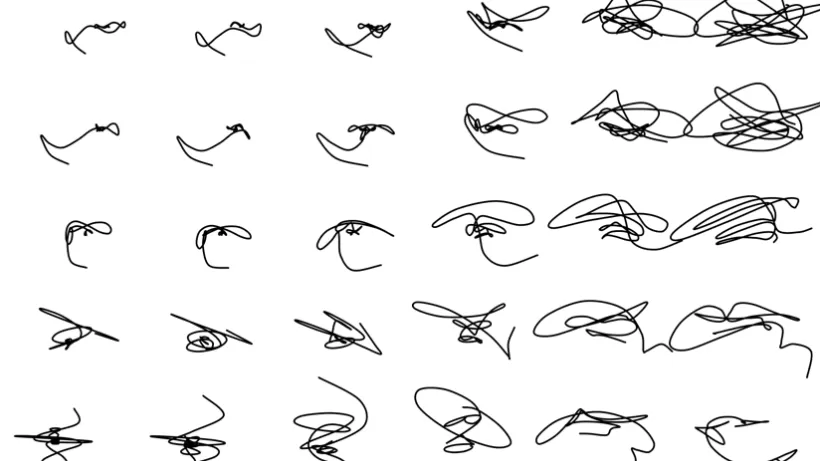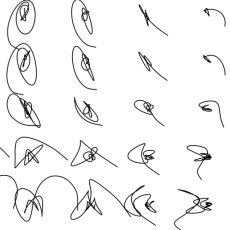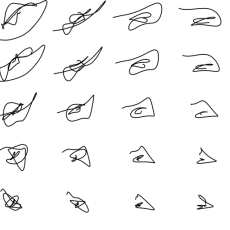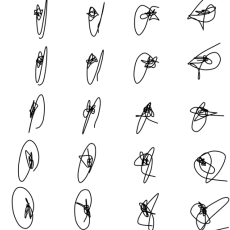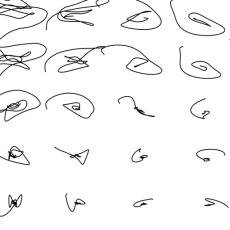The ideology of individualism requires the maintenance of some semblance of interpersonal difference. The horror produced by the idea of cloning, or the imagined forced conformity of communist society, is surely tied to a certain attachment to the idea of difference. At the same time, conformity exerts a strong influence and difference is disciplined away. The ineradicable race, gender, sexuality, and national origin based discrimination and violence that plagues the U.S., a full half a century after the dawn of the civil rights movement, is testament to that. But things have changed.
We negotiate the gradations of difference delicately–being not too different and not too much the same. To satisfy the law of individualism and at the same time not violate the rule of conformity. To be at once one of the hive, and yet just different enough to deny it. The careful calibration of difference that locates the self in a place that is an interpolation between known others–inside the grid–locatable. These are what we strive for. To be different unsystematically, or outside of the accepted and normative structure of difference is to be an alien, but to be different inside of the system is to be part of it.
The Rules
- Distribute a number of elements on a grid such that:
- Each element is a unique
- Each element is similar to neighboring elements
- The degree of similarity depends on proximity
- the closer the more similar
- the further the more different
- Change each element over time by interpolating between its current state and a new state chosen at random.
- Preserve all relations through the changes.
- Let the elements be highly variable harmonographic curves.
